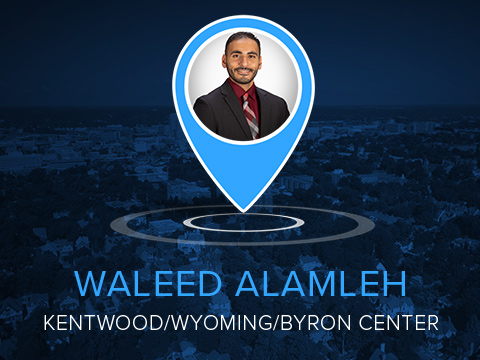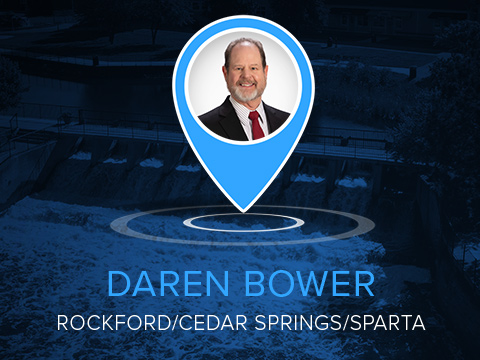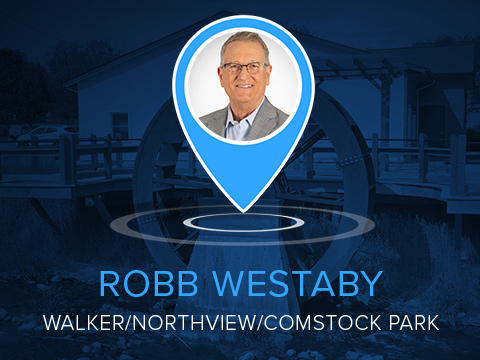GRAND RAPIDS, Mich. — In a modestly furnished room in a nondescript building on the near southwest side of Grand Rapids, there is a huge video monitor on one wall. Tables arranged in a U-shape with computers and other equipment face the monitor.
The computers control the monitor. The other equipment controls traffic signals at hundreds of intersections around West Michigan.
And many of those intersections have cameras.
Welcome to the Grand Rapids Traffic Management Center.
When asked how many drivers they have caught running red lights, Ariana Jeske, assistant director of Mobile GR, has a quick and direct answer.
“Zero,” she says.
It’s the law.
“We are actually banned by state law from doing automatic enforcement, so, red light cameras, speed cameras, parking cameras and such, anything that would result in a violation -- like put points on your license -- we don't do."
Even if was legal, they would not be able to capture license plates on their video. With the cameras they use, it is impossible to get a clear picture of a license plate, let alone someone’s face or the model of a car. And no video is recorded.
To prove the point, signal supervisor Matt Van Dyke changes the video wall to display camera feeds, all of which are round and low resolution. They are round because the cameras have fish-eye lenses, adding distortion to the mix. With a click, the videos are flattened out so you can make out the difference between cars and trucks, but still with not much detail.
What good is all that?
Data, Jeske says.
“We will collect traffic data from them ... and we get a spreadsheet of data: knowing how many cars went through, how many trucks went through, and we use that information in our traffic engineering program and see where we might need improvements.”
From their traffic center, the staff can control more than 500 of the 692 signals the center is responsible for. When the center was first established about 20 years ago, it was connected to about 100 signals.
The center monitors and programs traffic lights for all of Kent County except for the city of Wyoming, plus all of Ottawa County east of 48th Avenue. That takes in “about a dozen different government agencies,” notes Van Dyke.
He changes the video wall to a map with hundreds of dots, most of them green, some of them grey. Each one is a traffic signal.
“The connected signals allow us to keep the signals synchronized on a corridor and keep traffic moving down that roadway,” Van Dyke adds. “We have several different timing plans that we program and monitor throughout the day, usually an AM morning peak, an off-peak, and a PM peak timing plan.”
“And if you are doing the speed limit around there, then you will be catching all those greens,” Jeske adds.
Keeping traffic from sitting at lights has an extra benefit. “You get more emissions” when traffic spend time idling at lights, Jeske notes. The staff monitors traffic volume and works to keep traffic flowing, both for the convenience of drivers and for the environment, to “reduce people idling at lights, stopping and such.”
Follow FOX 17: Facebook - X (formerly Twitter) - Instagram - YouTube










